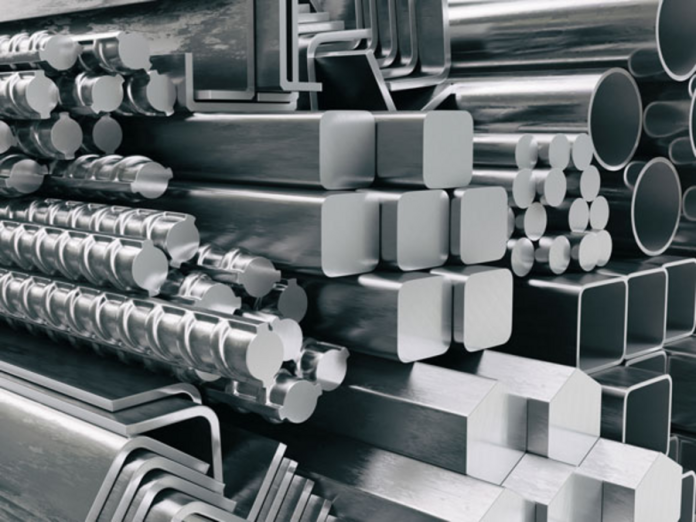
Could China’s economy resume its normal growth trajectory in 2023 after recording one of its lowest growth rates ever in 2022? Recently, the country introduced some more financial stimuli and eased its rather draconian COVID-19 countermeasures.
This has left the world waiting for the resurgence of Chinese manufacturing and the economy at large. But will the new year bring the results they want?
Chinese Manufacturing, Recessions, and Regulations
Unfortunately, it remains unclear whether all these wishes for a better 2023 will evaporate into “wishful thinking.” Most global economists feel that any recovery in China could be more U-shaped than V-shaped. The same forecast applies to the metals and minerals sectors. If all goes according to plan, there could be a gradual recovery towards the end of the new year or even later. However, that, too, is conditional. Specifically, there would need to be no further COVID-19 outbreaks in China.
In the past two months or so, metal prices and demand showed signs of resurgence. This largely stemmed from the loosening of COVID-19 regulations across China. But while it resulted in raised hopes, many industry experts worry this may only be temporary.
Obviously, with recessions predicted in most countries around the world, a rise in Chinese demand would help boost global metals demand and prices. But analysts noted that while relaxing China’s COVID limitations could have favorable effects, gains might take time to materialize. In fact, many predict that Chinese manufacturing and other economic activities won’t pick up until mid-year. That said, the country’s steel manufacturers are sure to benefit from a drop in energy costs. This would be mainly due to declining coal prices. Indeed, the commodity saw a 20% drop in December to US $250 a ton, primarily due to weak global demand.
IMF Warn that Europe, U.S, and Chinese Manufacturing is Weak
The International Monetary Fund (IMF) forecasted that 2023 will prove a tough year economically, as the organization pointed out that the main engines of global growth – the US, Europe, and China – were experiencing weakening economic activity. On CBS’s “Face the Nation,” IMF managing Director Kristalina Georgieva said that the new year will be “tougher than the year we leave behind.”
Back in October, the IMF cut its outlook for global economic growth in 2023 significantly. At the time, they cited factors such as the Ukraine invasion, high inflation pressures, etc.
The Yo-Yo Effect and Predictions for 2023
The 2022 Chinese economy can best be described as a spluttering car engine. For much of the year, the batteries remained dead because of COVID-19. When the government announced more financial stimulus in November, imports of copper and aluminum increased. But soon, aluminum prices experienced significant corrections. Steel exports also went up, but this is not necessarily a good thing. To many, it simply showed an increased output despite decreased domestic demand. The Chinese “mantra” for growth was to both increase the former and expand the latter, which is now at a standstill.
This “touch and go” situation regarding Chinese manufacturing has taken the metals markets on a roller coaster ride. This was evident in the decline of metal prices in Shanghai on January 2, 2022. The drop was due to concerns over tepid demand – due to a coronavirus resurgence and contracting factory activities.
A recent Reuters report provided some insight into the Chinese manufacturing problem. It explained how China’s official purchasing managers’ index (PMI) showed factory activity shrank for the third straight month in December. What’s more, it shrank at the sharpest pace in nearly three years as COVID-19 infections swept through production lines across the country.
The report also predicted that extended shutdowns would lead to a built-up in stocks of primary metals used to make finished goods. This would, in turn, pressure prices of various raw materials well into 2023.
Other reports say that shrinking orders (both domestic and from abroad) forced metal goods factories in China’s southern Guangdong province to initiate their Lunar New Year shutdowns early. Other plants recently revealed they would cut production plans for next year, adding to the Chinese manufacturing woes.
Story By OilPrice.Com
























